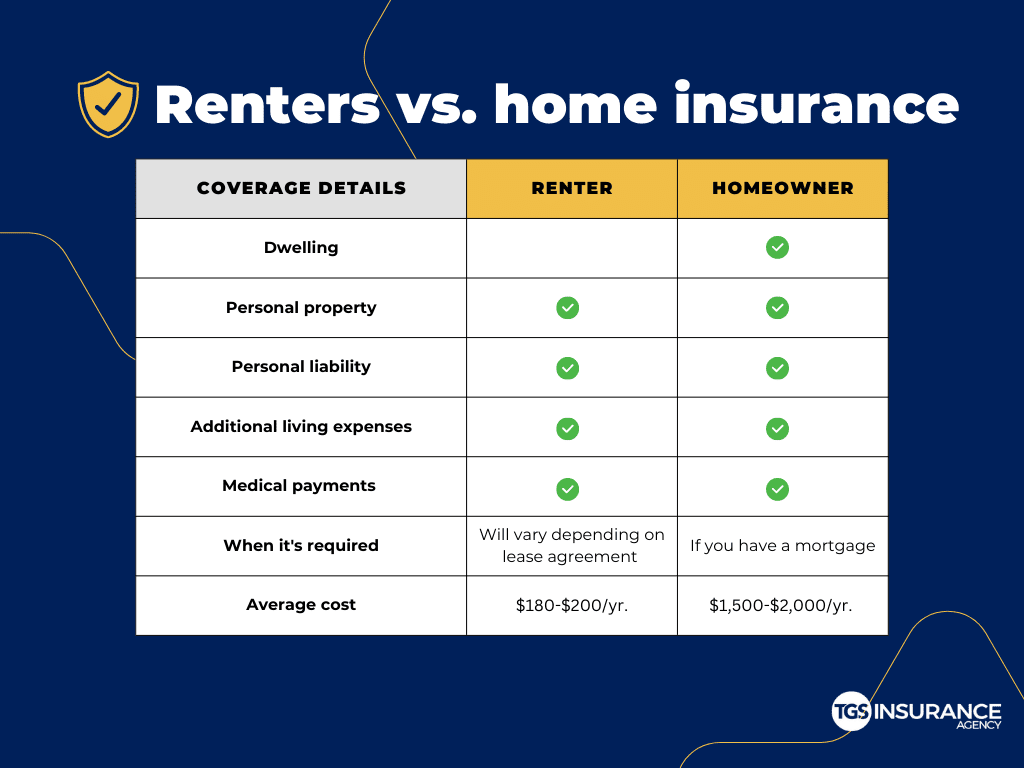
Many employers consider health insurance a crucial part of their compensation package. The cost of these benefits has risen steadily over the past decade. These factors include rising deductibles and prescription drug costs, as well as the increasing cost of health system pricing. These trends are leading to rising premiums and lowering wages. Many employers are unhappy with rising costs and increasing administrative burdens. Some employers are searching for non-wage alternative jobs.
Wearable devices are being increasingly used by employers to support wellness programs. One survey revealed that 55% of employers have access to data from employees' wearable devices. Although the main driver of the market for health insurance is price increases, employers are now looking at other payment options to keep their employees healthy.
According to the Congressional Budget Office, the number of Americans who have health insurance through their employers will stay the same at 159 million over the next ten years. That means health insurance will continue to be a tax-preferred alternative. However, single coverage will cost more than 9.86% of household income in 2019.

Premiums cover not only the price of health insurance, but also the cost to pay deductibles. An estimated 25% of workers in the United States have a minimum $2,000. Many companies opt for self-insured plans to lower the cost of their benefits. The self-insured plan can save money if claims are low. If the claim is more than anticipated, the employer will have to pay an additional amount.
The age mix of employees determines the rates for small groups. Massachusetts's average annual wage for workers under 25 is $1186, while Massachusetts's average annual rate for those over 25 is $6,896.
Larger employers are able to control the plan coverage. Large employers often offer biometric screenings to employees. They offer a health and wellness program to encourage employees to see lower-cost doctors. Public sector employers can also customize their health plans to meet employees' needs.
Employers with 51-100 employees will be able to join a merged market for health insurance in 2016 under the Affordable Care Act. These employers will see a rise in premiums of up to 9 percent. The law also requires that each state sets a rate every year. A $3,480 penalty is imposed on those who do not offer affordable plans.

Some small employers have to make additional contributions in order for workers to be covered under the ACA. Massachusetts's example is Massachusetts. Employers are expected to contribute $50/year per employee.
Despite these requirements the number of companies offering health insurance is continuing to decline. After a decade of rapid increases, many small employers are frustrated with the uncontrollable cost of benefits. Although these health insurance rates are not increasing for most employers, some are still finding it difficult to retain employees.
The difficulty of keeping employees on board is growing as the unemployment rate continues to be low. Employers face this problem. Employers that don't offer their employees health insurance will face a $2320 per-employee penalty. For failing to comply COBRA, which requires employers to offer continuing health care to employees, there are thousands of dollars worth of fines.